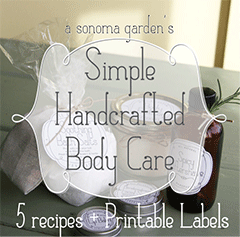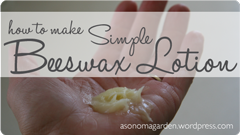
One of the great things to enjoy summer all year is to make and freeze pesto. Pesto is fairly simple to make but there are a couple tips I’ve learned over the years that I’d like to share.
The first tip is that you can add other herbs or greens. Pesto doesn’t necessarily have to be made from only basil. You can add with basil or replace it completely. Parsley, cilantro, spinach, kale, amaranth leaves all make great additions or replacements for the basil. They have great flavor and can bulk up your recipe if you are short on basil. My favorite is half spinach and half basil basically because I can add more sauce without getting overwhelmed by the strong basil flavor.
The second tip is to blanch the basil and or greens before you make the pesto. This makes a huge difference in the color. It stays vibrant green instead of dulling or browning. Blanching is easy. Have a bowl of ice water or cold water ready. Get some water boiling in a pot. Toss the basil or other greens in the boiling water for 30 seconds making sure you give it a stir or two. Pull the greens out with tongs or a spoon and quickly get them in the cold water to stop them cooking. They are now blanched and ready to use.
The third tip is to freeze the basil in ice cube trays. Then when frozen, pop them out into a freezer bag for later use. This is so handy because the cubes are easy to use for portioning – about 1 per person depending on what you’re making. Just take a few out thaw them in the microwave or toss directly in a hot pot and toss with noodles.
Here is a good basic basil recipe but remember the variations are only limited by your imagination…
Makes about 1 full ice cube tray
Blanch 2 loose cups of spinach and 2 loose cups of basil
In a blender place
– the blanched spinach and basil with
– a couple table spoons of the blanching or cooling water
– two peeled garlic cloves (more or less depending on your taste for garlic)
– a hand full of nuts (pine nuts are classic but I like walnuts)
– a quarter to half a cup of good extra virgin olive oil
– a quarter cup of grated parmesan cheese
– salt to taste (too little is better than too much because you can always add it when you use the pesto later)
Blend it up to to a loose paste. The amount of olive oil varies due to the moisture of the other ingredients. I add it until everything in the blender starts to churn.



































